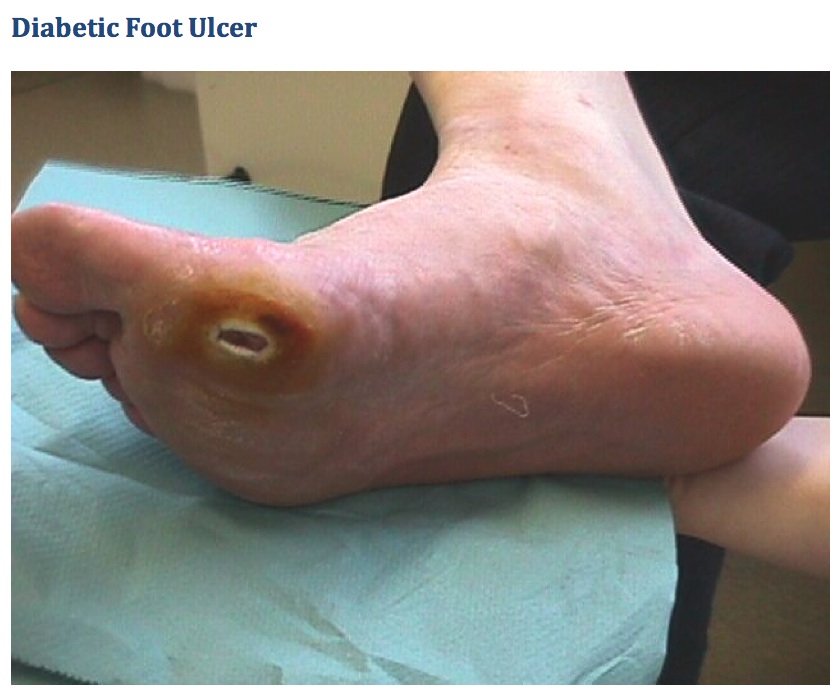Diabetes is a global epidemic with devastating human, social and economic consequences. The disease claims as many lives per year as HIV/AIDS and places a severe burden on healthcare systems and economies everywhere, with the heaviest burden falling on low- and middle-income countries. Despite this, awareness of the global scale of the diabetes threat remains pitifully low.
In 2011 it is estimated that 366 million people worldwide have diabetes, representing roughly 8.3 % of the adult population (20-79 age group). The number is expected to reach some 552 million by 2030, representing 9.9 % of the adult population.
Diabetes is associated with various short and long-term complications, many of which, if left untreated, can be fatal. All have the potential to reduce the quality of life of people with diabetes and their families. The most common long-term complications affect the heart, eyes, kidneys and feet.
Each year, some 3.8 million adults die from diabetes-related causes. Diabetes is the fourth leading cause of death by disease globally.

Diabetes and the foot
Diabetic foot problems are among the most serious and costly complications of diabetes. The rising prevalence of diabetes all over the world has brought with it an increase in the number of lower limb amputations performed as a result of the disease. Epidemiological reports indicate that over one million amputations are performed on people with diabetes each year. This amounts to a leg being lost to diabetes somewhere in the world every 30 seconds. But having the recent prevalence data of 2011 available means that nowadays every 20 seconds a lower leg is lost due to diabetes globally.
Ulcers precede the majority of these amputations. Only two-thirds of ulcers will eventually heal and the remainder may result in some form of amputation. The median time of healing for an ulcer is approximately six months. Both ulcers and amputations have an enormous impact on people’s lives, often leading to reduced independence, social isolation and psychological stress. The diabetic foot is also a significant economic problem, particularly if amputation results in prolonged hospitalization, rehabilitation, and an increased need for home care and social services.
Despite being one of the most serious and costly complications of diabetes, foot complications can be effectively prevented. By implementing a care strategy that combines prevention, appropriate treatment of foot ulcers, and education of people with diabetes, it is possible to reduce amputation rates by up to 85%.

Leave a Reply